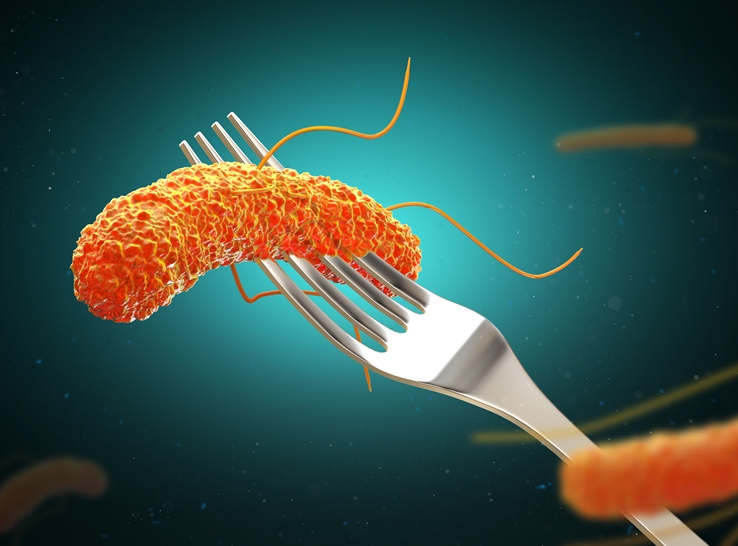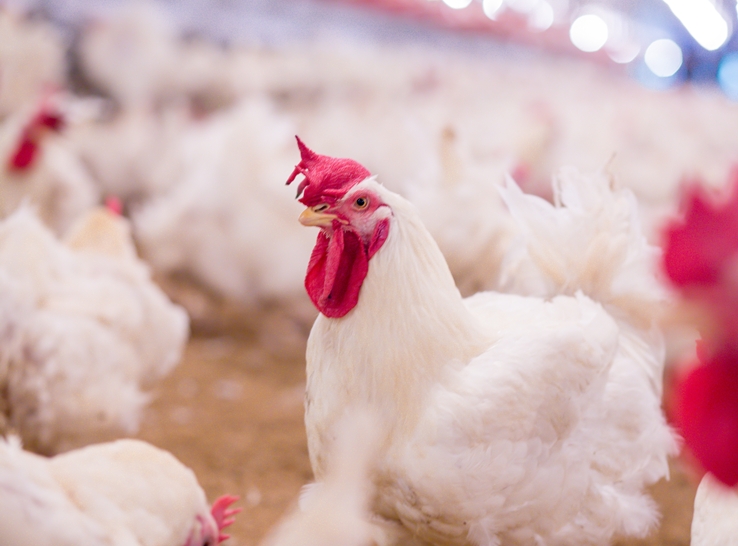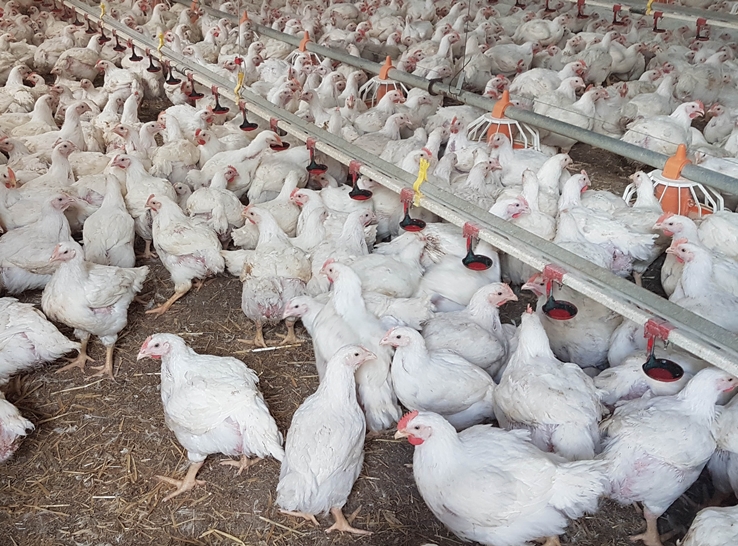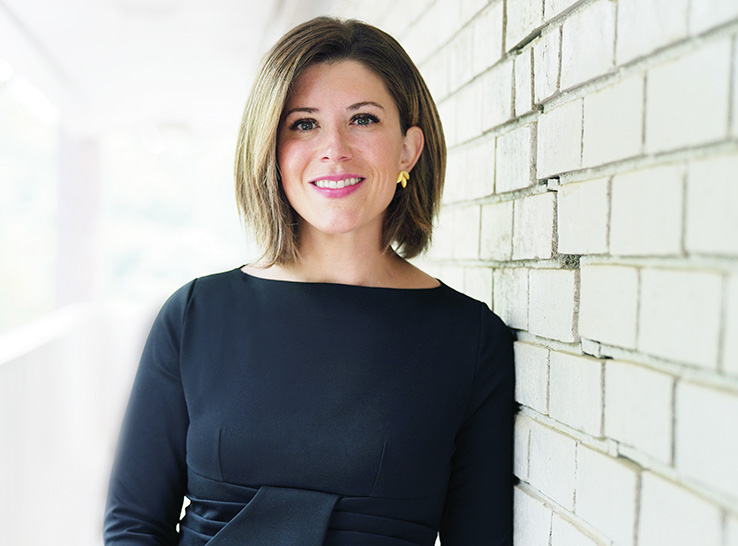

Salmonella exposure to consumers from eggs has been a decades-long concern. Richard Gast, poultry research microbiologist at USDA’s US National Poultry Research Center in Athens, Georgia, has developed two research projects to gain more perspective on Salmonella Enteritidis in cage-free layer housing.

Salmonella exposure to consumers from eggs has been a decades-long concern. Richard Gast, poultry research microbiologist at USDA’s US National Poultry Research Center in Athens, Georgia, has developed two research projects to gain more perspective on Salmonella Enteritidis in cage-free layer housing.

Jose Linares, DVM, a diagnostician and technical services veterinarian at Ceva Animal Health, said pre-winter surveillance – including reverse transcription quantitative polymerase chain reaction (RT-qPCR) testing, sequencing and processing-age serology – can help veterinarians and producers validate current IBV immunization strategies and ensure they are relevant and effective.
[random-sponsor]

Jose Linares, DVM, a diagnostician and technical services veterinarian at Ceva Animal Health, said pre-winter surveillance – including reverse transcription quantitative polymerase chain reaction (RT-qPCR) testing, sequencing and processing-age serology – can help veterinarians and producers validate current IBV immunization strategies and ensure they are relevant and effective.

A precision poultry-feeding system developed by University of Alberta scientists has the potential to bring improved fertility, better flock uniformity and significant savings for broiler breeder producers.

Currently, 38.7% of laying hen housing systems in the United States are cage-free and this transition continues to increase. However, little attention has been given to pullet housing systems. In this article, Richard Blatchford, PhD, University of California, Davis, provides important considerations for pullet management.

Avian metapneumovirus has not been detected in the US since the 1990s. So, it was a surprise in 2023 when cases began surfacing in Virginia, West Virginia and North Carolina. By January 31, 2024, the Georgia Poultry Laboratory Network received its first suspect case. Here’s what they did.

Feed is a vital part of the poultry industry, representing around 60-70% of the total costs. However, even the best feed formulation cannot deliver results if the birds cannot access it readily. Anusha Gautam and Bethany Baker-Cook, PhD, Auburn University, discuss the right type of feeders to select for each of the production phases, appropriate feeder spacing, proper feeder height, and the overall feeder arrangement.

By Kay Russo, DVM, MAHM, DACPV
RSM Consulting

A joint research study conducted by the USDA and North Carolina State University researchers demonstrated that the type of housing system used for laying hens can influence levels of human pathogenic Salmonella in their organs.

Conducting in-lay boosting of adult, organic, free-range laying hens with a Pasteurella multocida vaccine protected against fowl cholera with minimal impacts on production, according to a study conducted by Luke Trimble, DVM, Wilson Vet Co.